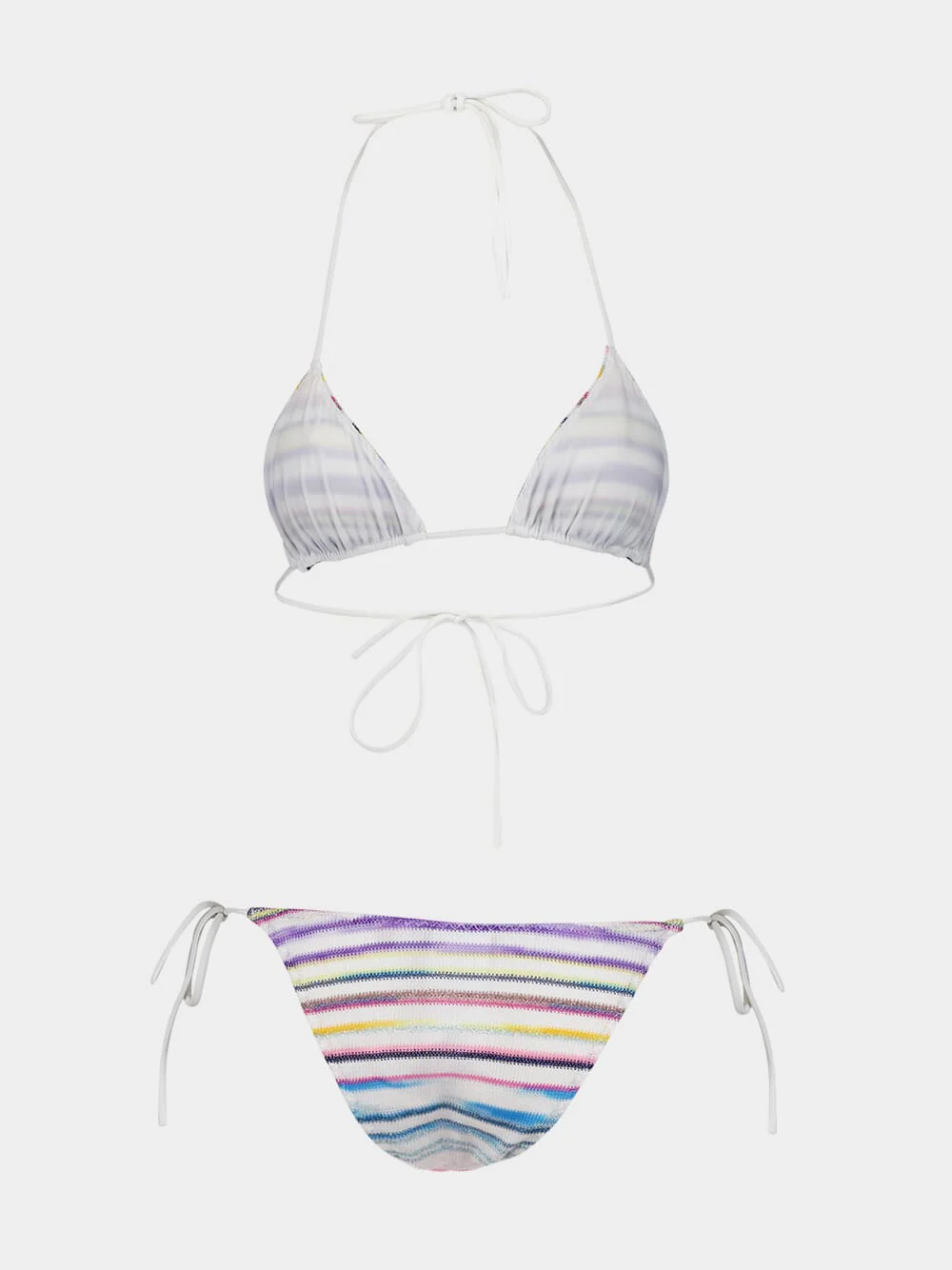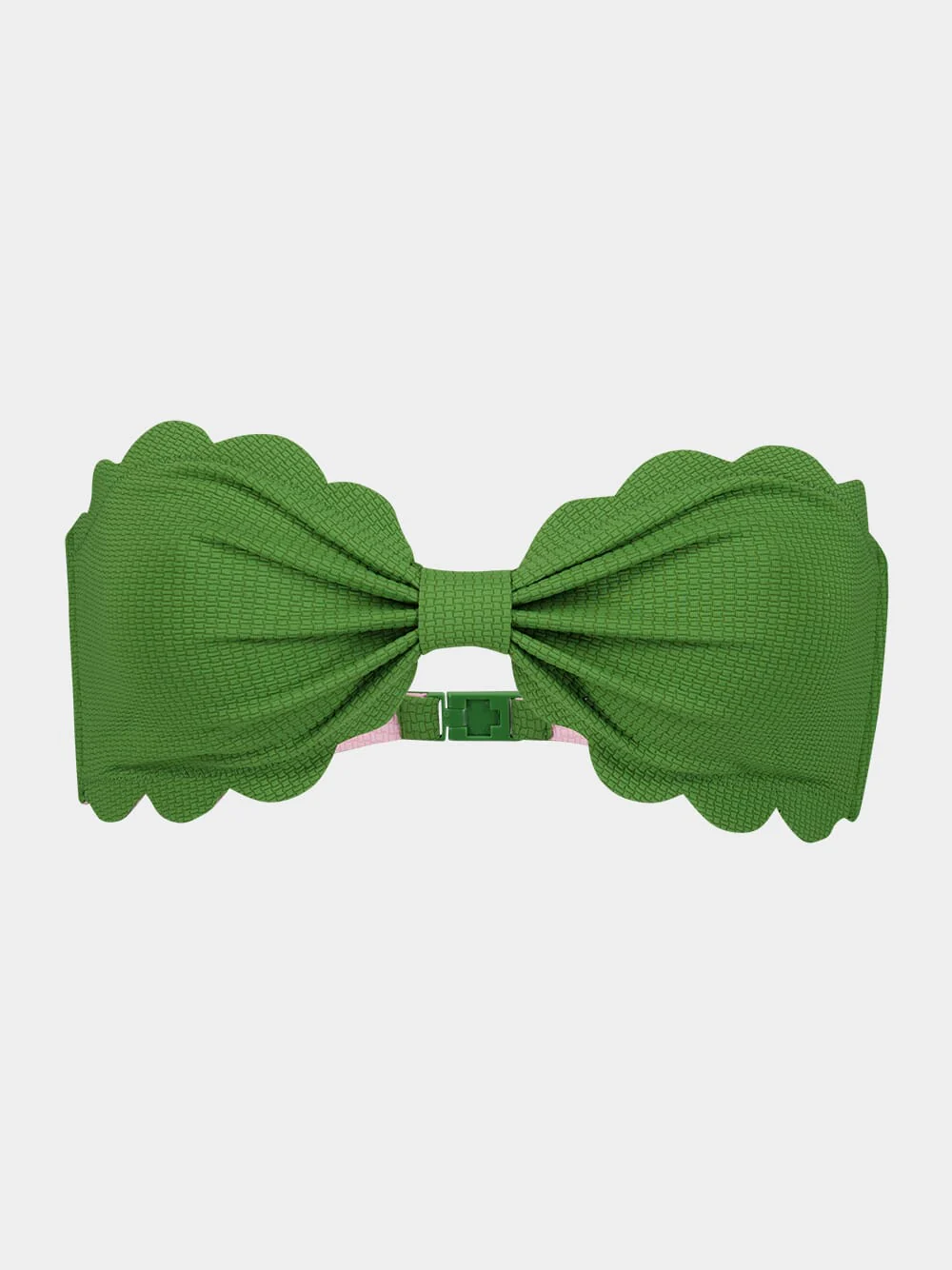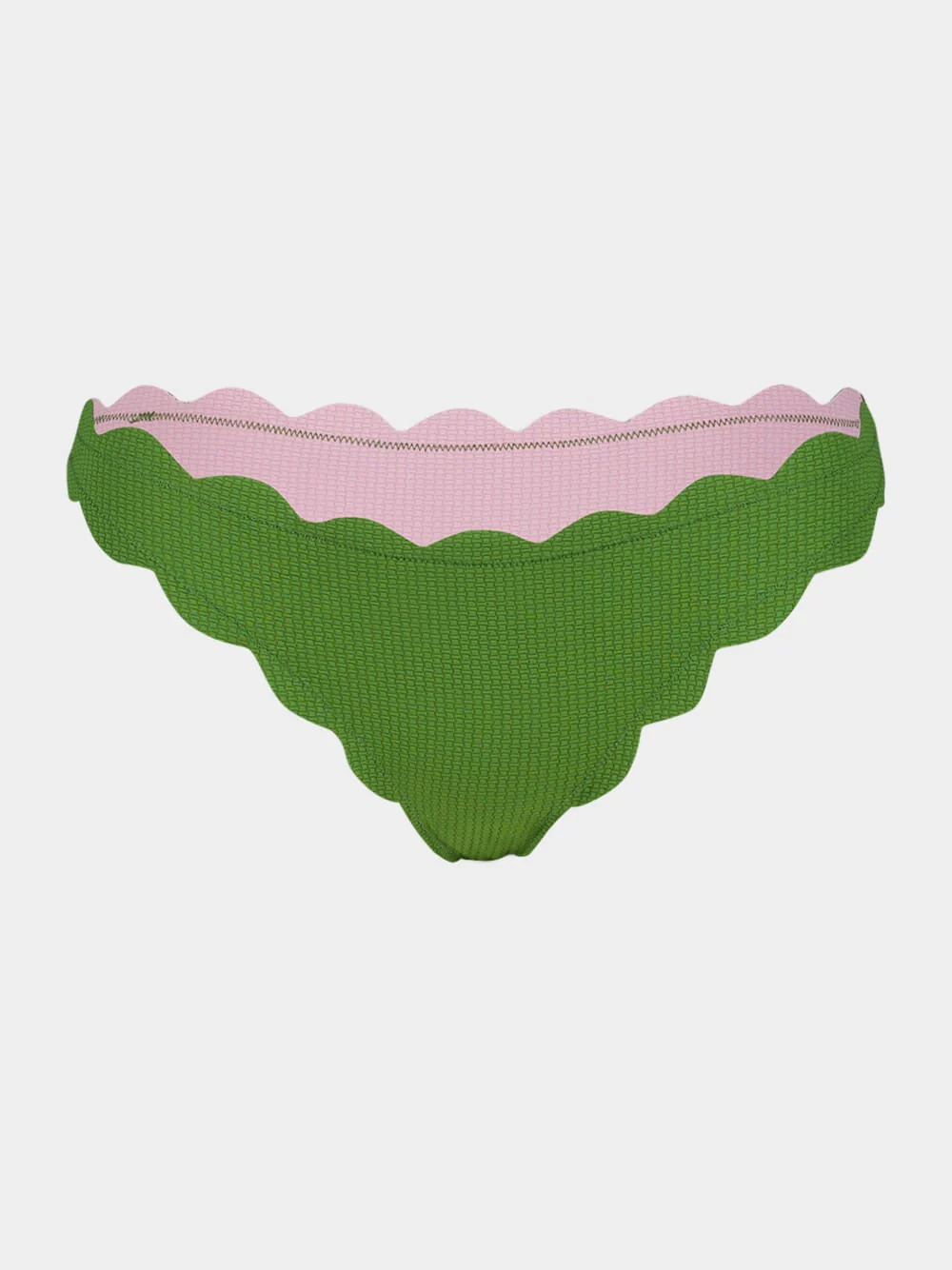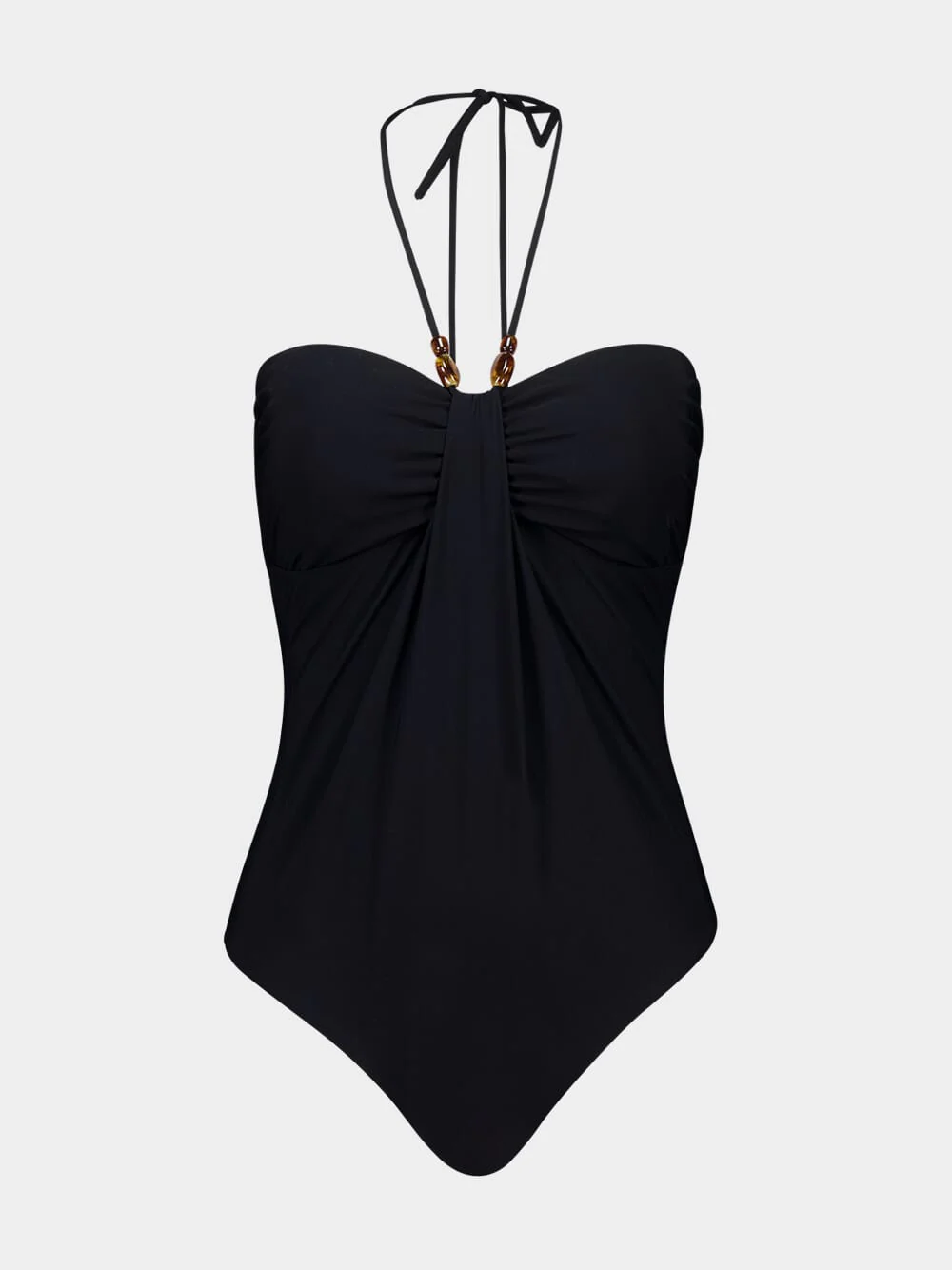Celebrate International Bikini Day: The Evolution of the Iconic Two-Piece Swimsuit
While the concept of the bikini—a tiny two-piece swimsuit—can be traced back to ancient Rome, the modern bikini as we know it today did not emerge until the mid-20th century. This revolutionary garment, which continues to dominate beachwear fashion, owes its origins to a moment of inspiration on the sun-drenched shores of Saint-Tropez.
The Creation of the Modern Bikini
In the 1940s, French automotive engineer Louis Réard found himself at the helm of his mother's lingerie business in Paris. During a visit to Saint-Tropez, he observed women rolling up the edges of their swimsuits in a bid to get a more even tan. This simple act of sun-seeking ingenuity sparked an idea in Réard's mind. Why not design a swimsuit that naturally exposed the midriff, eliminating the need for makeshift adjustments?
Réard’s resulting creation, which he unveiled in 1946, was nothing short of revolutionary. The new swimsuit design, which he named the bikini, was daringly cut to reveal the navel, a first in the history of swimwear. Réard’s bikini was designed to be “smaller than the smallest swimsuit,” a bold statement that mirrored the garment’s audacious style.
The Bikini's Explosive Name and Impact
The name "bikini" was inspired by the Bikini Atoll, a site in the Pacific Ocean where atomic bomb tests were being conducted around the same time. Réard chose this name deliberately, recognizing the explosive impact his new swimsuit would have on fashion and society. He was not wrong. The bikini made waves, both literally and metaphorically. Future Vogue editor-in-chief Diana Vreeland famously declared it “the most important thing since the atom bomb,” acknowledging its seismic influence on culture and style.
A Bold Fashion Statement
Upon its debut, the bikini’s revealing cut was met with mixed reactions. To some, it was a scandalous affront to modesty; to others, it was a liberating step forward in women’s fashion. This duality became a defining feature of the bikini. It embodied a bold new sense of freedom and self-expression for women, challenging societal norms and encouraging body positivity.
Despite initial resistance, the bikini quickly gained popularity. Its acceptance was helped along by Hollywood, with iconic moments such as Brigitte Bardot’s appearance in a bikini at the Cannes Film Festival in the 1950s and Ursula Andress’s unforgettable beach scene in the 1962 James Bond film "Dr. No."
A Timeless Fashion Icon
Since its inception, the bikini has undergone countless transformations, adapting to changing trends and tastes. However, its core essence—a symbol of liberation, confidence, and style—remains unchanged. From the glamorous designs of the 1960s to the sporty and functional styles of today, the bikini has proven its staying power on the world’s beaches and in the fashion industry.
International Bikini Day, celebrated annually on July 5th, commemorates the anniversary of Réard’s groundbreaking design. It serves as a reminder of the bikini’s enduring influence and its role in shaping modern swimwear. As we celebrate this iconic garment, we honor the spirit of innovation and boldness that Louis Réard brought to fashion nearly 80 years ago.
In conclusion, the bikini’s journey from ancient times to modern beaches is a testament to its timeless appeal and revolutionary impact. It remains a powerful symbol of style and liberation, continuing to inspire and empower women across the globe.

















































































































